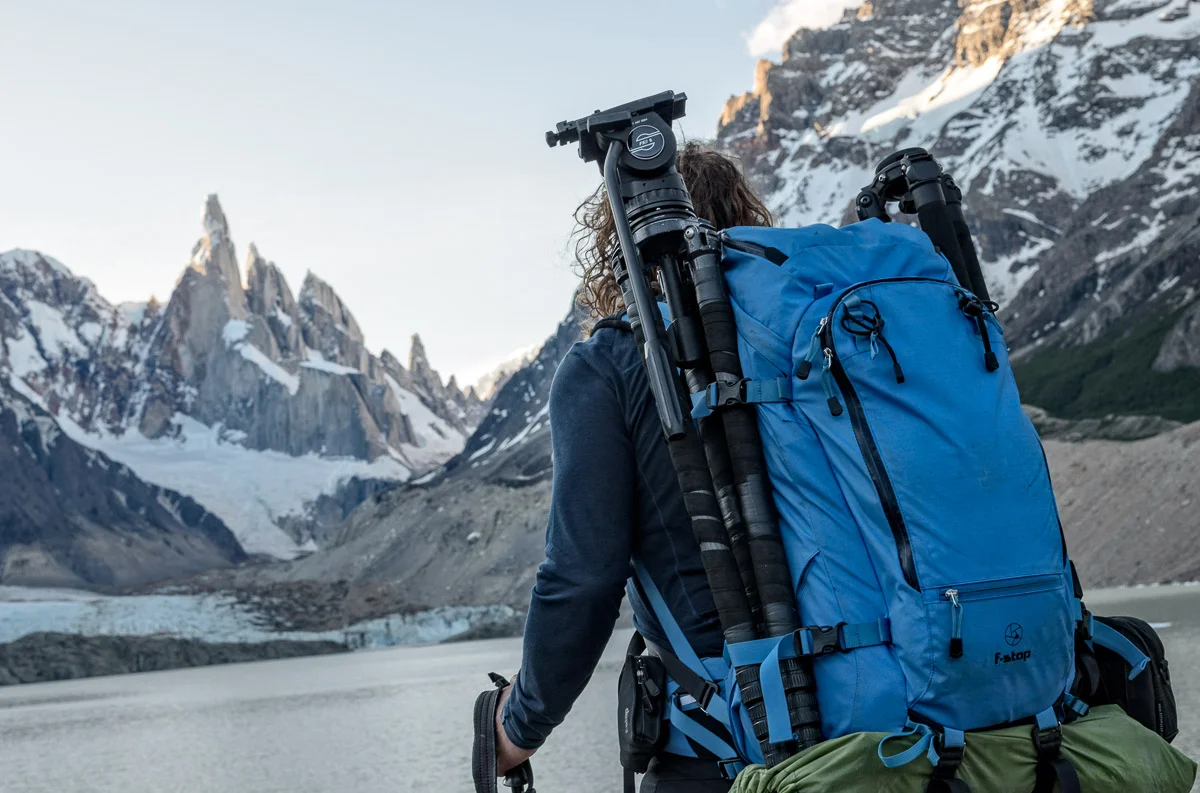I’m enjoying Lightroom 6 on this Europe trip. It’s dehaze filter has surprised me, and I’ve found the new panoramic photo-merge engine works well for many simple panoramics (stay tuned for more on that in my forthcoming panoramic merger book).
The new feature I like best is Lightroom 6’s built in merge to HDR. Finally an automated HDR solution for me. In the past I have avoided automated HDR software because the results were invariably too otherworldly for my style. I’ve been hand blending multiple exposures since the days of film, but I’m always seeking a subtle extension of shadow and highlight detail. A way to get the camera closer to my visual perception of the scene. Modern digital sensors are amazing, but they still can’t capture the dynamic range possible with our own eyes.
Now with Lightroom 6 you can blend bracketed RAW images like these three -- taken 2 stops above the meter, on the meter and 2 stops below the meter (I used my tripod to keep them all perfectly aligned) -- to create a single RAW image with dramatically increased shadow and highlight detail. It doesn't add any neon looking effect, halos or otherworldly colors. It simply opens the shadows and preserves highlights.




